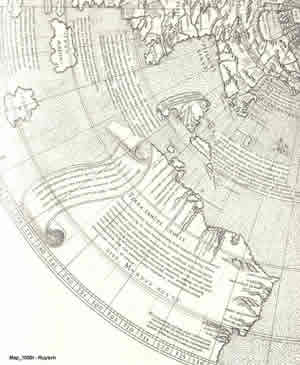Making Sense

While publishing significant philosophical texts for free on the web in a reliable version is important, the more interesting challenge is to harness the power of digital technology to make sense of the material that is and will be available in electronic form. Semantic web technology is particularly well-suited to this task. It entails marking material with meaningful tags (metadata) and organizing it via intelligent schema (ontologies) so that computers can accurately and efficiently process it.
A computer cannot read a passage of Nietzsche and reliably decide whether or not it deals with his idea of "freedom" or "eternal recurrence." But if a human being, a Nietzsche scholar, tags all the passages in Nietzsche that treat these themes, a computer can find them with lightning speed. Likewise, if someone tags all the fragments of the Presocratic philosophers that deal with the nature of time, these too can be instantaneously assembled. And depending on how the ontologies are designed, a computer could then indicate links between the passages in Nietzsche and those in the Presocratic. In the same way, links might be made between this material and a semantically tagged video segment of a lecture by Deleuze in which he discusses time and repetition. The gain here is not merely speed: semantic web promises to draw meaningful connections that researchers would otherwise never have discovered. And once these links are made, scholars working in the Discovery environment can then further annotate and enhance this information and publish it for others to see.
Library
One may think of the material in Philosource – all the digitized books, text editions, manuscripts, videos, etc. – as a vast territory, the metadata tags as signposts, and the ontologies as maps. Many different signposts can be assigned to the same object, each describing a different feature of it. Likewise, a variety of maps can be imagined to serve different purposes. The goal is to develop an infrastructure for research in the humanities that is constantly improved and augmented by scholars who use it and submit essays, reviews, commentaries, annotations, metadata, and even new ontologies.
Needless to say, quality control is crucial here. By allowing anyone to contribute to the infrastructure, the project maximizes the opportunities for improvement. But it also runs the risk that the infrastructure might become glutted with sub-standard contributions. The challenge is to ensure quality while also exploiting the inherent strengths of the open model. To meet this challenge, Discovery proposes a two-tiered system. In the first place, each of the websites in the Philosource federation will be a publishing venue that maintains the highest standards of traditional academic journals, with double-blind peer review by an Editorial Board of established experts. Scholars will be able to submit material for review and, if successful, it will be published and fully integrated with both the primary material in the website and with contributions by other scholars. All primary and secondary material published in the Philosource Federation will be given a stable web address and maintained in perpetuity to insure the integrity of scholarly references.
Workspace
At the same time, scholars are able to download Philospace, a special program designed to exploit the potential of collaborative, open source scholarship via a peer-to-peer semantic web application that organizes the metadata. This system will establish networks of scholars working on the same material. Unreviewed contributions of any kind can be made to the Philospace network, including metadata tagging according to philosophical ontologies, and these contributions can be shared with everyone on the network. With sophisticated filtering mechanisms, scholar will be able to sift through the material quickly and easily. Eventually, material developed using Philospace can be submitted for peer review to the Philosource Federation websites.
One may think of Philosource as a library, Philospace as a workspace. One may begin by studying material on one of the Philosource websites; then in Philospace take notes, bookmark pages, sketch out ideas, etc. When the work has advanced to the point that it is ready to be published, it can be submitted it to the Philosource Federation and, if accepted, it will be integrated with the other material already published there.
